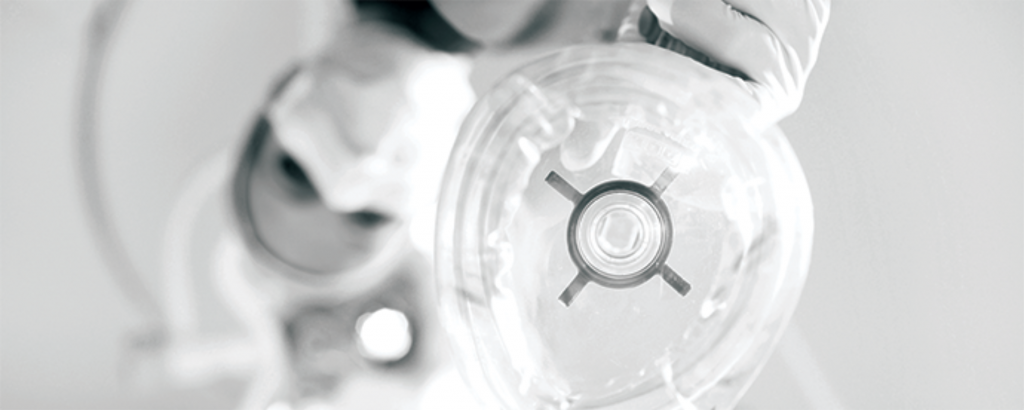Before the advent of general anesthesia in the mid-19th century, surgery was a traumatic experience for everyone involved—the patient, of course, but also the medical staff and anyone who happened to walk by the surgery room and could hear the screams. The practice of putting patients in a reversible coma-like state changed surgery to a humane and often life-saving therapy. Because general anesthesia was such a game changer in medicine, these drugs were implemented in the operating room many decades before researchers understood how they worked.
Nowadays, researchers and anesthesiologists know much more about the mechanisms underlying the effects of anesthetic drugs and how they produce the profound change in behavioral state that implies a total lack of perception. Anesthetics primarily act on receptors located in the brain and produce oscillations in the brain’s circuits, leading to a state of consciousness that it is much more similar to a coma than to sleep. Anesthesiologists typically used vital signs, such as heart rate and blood pressure, to assess the adequacy of the anesthetized state and the processing of pain signals. However, the effects of anesthetics in brain circuits result in conspicuous oscillations in the brain’s electrical activity, which prompted the addition of electroencephalography (EEG) measurements to monitor the brain state of an anesthetized patient.
Starting in the 1990s, researchers developed algorithms to consolidate the signals recorded from several EEG electrodes into a single number that provided a simplified measurement of arousal level. More recently, direct observation of the raw EEG signals and their breakdown in time by frequencies, the spectrogram, is gaining traction for monitoring patients during general anesthesia. Learning to interpret the raw brain activity and its spectrogram, rather than relying on a single-number summary, has allowed anesthesiologists to assess how different anesthetics affect brain activity and produce the anesthetic state.1
By tracking brain activity during general anesthesia, researchers are also uncovering a wealth of new information that helps them understand the biological basics of how brain function is altered in an anesthetized state. In addition, general anesthesia has provided new options to treat a range of ailments, from sleep problems to depression.
Ether follies
Humans have practiced surgical procedures for thousands of years, and the search for ways to minimize pain and discomfort during invasive interventions is probably just as old. Wine and opium are among the first substances known to have been tried. Opium is a potent analgesic and mild sedative, and the ethyl alcohol in wine is a sedative, but neither of these drugs succeeds in making patients unaware of the trauma their bodies undergo during surgery.
In the first half of the 19th century, dentists stumbled upon two promising leads: nitrous oxide, which soon after its discovery became widely used in the US and Europe to perform tooth extractions, and chloroform, which was used for both veterinary and human surgeries for a few decades before it fell out of favor due to safety concerns. In the 1840s, Boston dentist William Morton was looking for ways to perform pain-free dental procedures and considered using nitrous oxide. But,
Charles Jackson, a chemist at Harvard Medical School, advised him to try another option: ether.
At that time, it was common in academic and other social circles to hold parties, called “ether follies,” where people would inhale ether for its exhilarating properties. Jackson had seen a man sustain a considerable leg injury during one such escapade. The man, who had been high on ether, showed no signs of pain. Morton took Jackson’s advice and proceeded to experiment with ether on himself and his dog, and subsequently performed several dental procedures on his patients after administering the drug to them…







